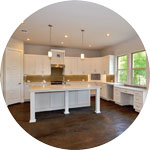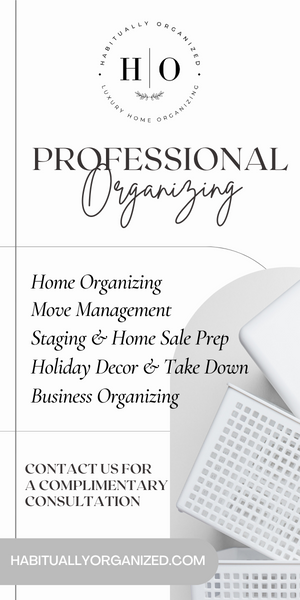Allergies Driving You Crazy? Try These Allergen-Busting Solutions for Your Home
Share News:

If you notice you’re sniffling and sneezing more often, you’re not alone. An estimated 80 million Americans — that’s one in four adults and one in five children — suffer from seasonal allergies. And the numbers continue to grow.
Blame global warming, according to Sanjiv Sur, MD, director and professor of Allergy and Immunology at Baylor College of Medicine. Other contributing factors include air pollution, poor indoor air quality, dietary changes, even stress.
Coinciding with peak allergy season, the Asthma and Allergy Foundation of America (AAFA) has declared May to be “National Asthma and Allergy Awareness Month.” Now in its fortieth year, the overarching goal is promoting the importance of treatment and management.
Simple but true: The best way to control allergies is to avoid the triggers that cause them.
For starters, consider investing in an air purifier. “People spend more than 90 percent of their time indoors, and indoor air can be two to five times more polluted than outdoor air,” said AAFA president Kenneth Mendez. “Air purifiers can improve your home’s indoor air quality by reducing indoor air pollution or removing airborne allergens.”


Top-rated models are available at every price point. In the splurge-worthy category, the IQAir Atem X sports the sleekest design. For budget-conscious consumers, PuroAir’s HEPA 14 receives high marks for its quality, quietness, and portability.
Dust, a major culprit, has a dirty little secret.
It contains up to 45 chemicals. And toxin-laden dusting sprays only exacerbate the problem.
Microfiber cloths, mitts, and dusters are safe alternatives. An electrostatic charge picks up and traps dust, preventing it from settling elsewhere.
The bedroom is another breeding ground for dust mites. Just the thought of those tiny pests feeding off dead skin cells is enough to keep you up at night. The good news is there are plenty of hypoallergenic bedding options to keep you breathing easy.
For bed sheets, percale or cotton are both densely made materials that make it harder for dust mites to collect. Silk pillowcases are not only luxe — the natural fiber resists dust, mold, and mildew.


If you’re in the market for a new mattress, look for memory foam beds, or beds made from latex. The Avocado Green Mattress, for example, features a hybrid design using latex, wool, and cotton, all certified organic.
A bed vacuum ups the ante. In addition to sucking up dust, special technology uses UV light to actually slow dust mites from multiplying.


There are also certain flowers and houseplants worth avoiding — orchids, spider plants, gerber daisies, and chrysanthemums among them. Why not go faux?
According to Elle Décor, the design world is obsessed with nature-defying botanicals. Last year, sales of artificial plants and dried flowers reached $2.3 billion in the United States, a 52 percent increase from 2020.















